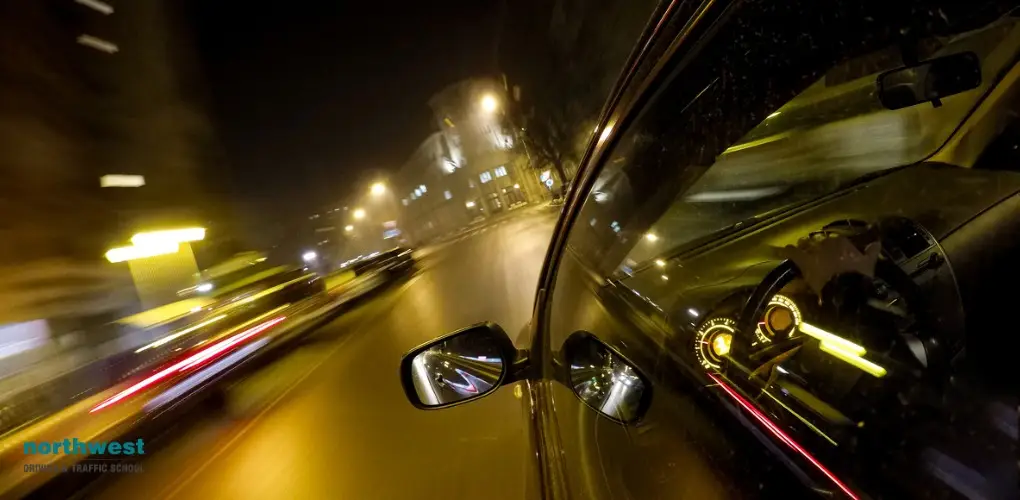- Others
How To Drive Safely At Night?

Driving at night can be difficult even for experienced drivers, but it can be especially nerve-wracking for people who have just passed their test. Visibility is poor, the headlights of other drivers can be blinding and you might be battling tiredness as you drive.
Traffic accident statistics indicate that the majority of accidents occur between 5pm and 9pm, when rush hour traffic combines with the onset of night. For new drivers, the fatality rate for accidents at night is almost double that of daytime statistics. In fact, 32% of 16 to 17-year-old deaths happened between 9 pm and 6 am. With most accidents happening in the evening and new drivers most likely to be involved in those accidents, learning how to drive at night is a key part of staying safe on the roads. To help out, we’ve put together some tips on how to drive safely at night.
Staying Safe
Headlights – Using your headlights at night might seem obvious, but one of the keys to staying safe when driving is making sure you account for other drivers. Make sure your lights are on before the sun sets and for an hour after sunrise. Keeping your lights on during these times alerts other drivers to your presence and, while you might be able to see the road just fine, you can’t assume other drivers can see as well as you.
Keep A Clean Windshield – Headlight glare can be a problem, especially if the other car has its high beams on. This can be made worse by a smeared or greasy windshield which will refract the light and potentially blind you. While you can’t stop other drivers leaving their high beams on, you can make sure your windshield and mirrors are clean to lessen the effect.
High Beams – Your high beams are an important tool during night driving as they allow you to see the road in places where there is no road lighting, such as country roads. They can also blind other drivers, which can be especially dangerous when driving in the country because of the number of potential blind corners. When you encounter another driver, turn down your high beams until they pass. If the oncoming driver doesn’t turn down their high beams, look to the left-hand side of the road and avoid looking directly into their headlights.
Keeping Safe Distance – When driving at night it is best to adopt the same mindset as you would when driving in wet conditions. Drive defensively, take steps to increase the distance between you and the car in front of you, reduce your speed and try to avoid rush hour traffic.
Stay Alert – Driving while tired has much the same effect on your abilities as driving while intoxicated. Do not get in your car if you are obviously tired and there is any chance you might fall asleep at the wheel. Staying safe while driving at night depends on your ability to stay alert and react quickly to challenging situations. If you drive while tired, you are putting yourself and your passengers at risk.


